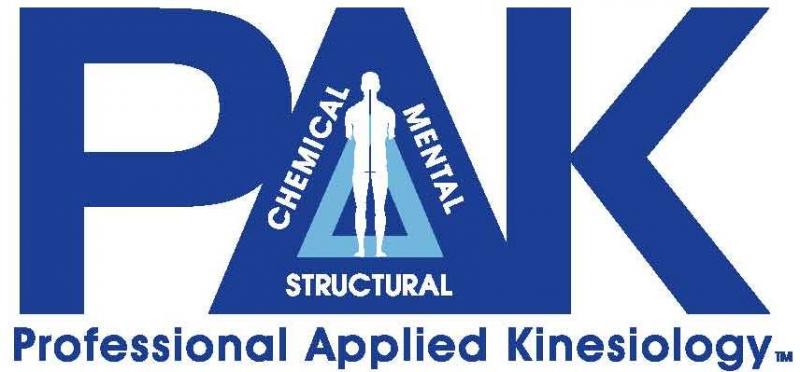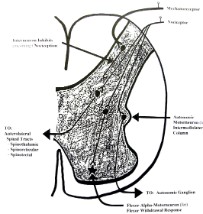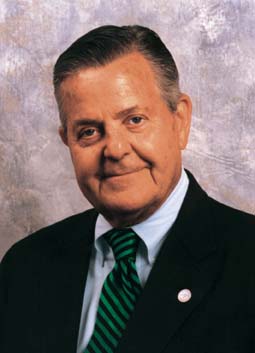
Professional Applied Kinesiology (AK) & Quitessential Applications (QA)
AK is a system that evaluates structural, chemical and mental aspects of health using manual muscle testing with other standard methods of diagnosis. AK used the Triad of Health, which looks at the chemical, mental, and structural factors that can affect the balance of your health. Treatment may involve specific joint manipulation or mobilization (Chiropractic), various myofascial therapies, cranial techniques, meridian and acupuncture skills, clinical nutrition, evaluating dietary and environmental sensitivities and various reflex procedures. QA is an extra AK certification which is a neuologically based, systematic, AK Clinical Protocol procedure. Dr. Kateri Porto is one of the few doctors in the world trained in QA. Please read on if you desire to know more about AK, or book and appointment to experience healing!
Article American Chiropractic: Applied Kinesiology Demystified
How does Applied Kinesiology (AK) work?

Cross-section of the Spinal Cord
AK is Functional Neuology!
AK is all about excitation and inhibition of neural pathways in the brain and spinal cord. It utilizes the manual muscle testing response (inhibited, facilitated, over-facilitated - biased toward facilitation) as a reflection of the status of the anterior horn motor neuron pool (AHMN) for the muscle being tested. Sensory receptor based diagnostic challenges (touch, taste, visual, smell, auditory) result in muscle testing outcomes (changes in the AHMN) that are then used to direct appropriate therapy.
Who is a Professional Applied Kinesiologist (PAK)?
When Dr. George Goodheart, DC first discovered Applied Kinesiology his goal was to teach others. However, as Applied Kinesiology spread, many people of various disciplines learned the methods and taught others.

Since the term Applied Kinesiology itself was never copyrighted, it paved the way for anyone who knew even a basic muscle test to use the phrase. Unfortunately this allowed people who had no formal training, nor expertise to utilize minimal parts of the technique and yet market themselves as Applied Kinesiologists.
After many years
of fielding problems from uneducated people stating they used AK, the International College of Applied Kinesiology (ICAK)
trademarked the term Professional Applied Kinesiology (PAK). To be
considered a PAK, a person must be a
Doctor licensed to Diagnose. They must also satisfy continuing education
credit requirements as well as prove on an ongoing basis that they are the top
in their field utilizing specific muscle testing for true proper evaluation of
functional imbalance.
AK and the Triad of Health

Triad of Health
In general, the Professional Applied Kinesiologist finds a muscle that tests weak and then attempts to determine why that muscle is not functioning properly. The practitioner will then evaluate and apply the therapy that will best eliminate the muscle weakness and help the patient.
Therapies utilized can include specific joint manipulation or mobilization, various myofascial therapies, cranial techniques, meridian therapy, clinical nutrition, dietary management and various reflex procedures.
In some cases, the examiner may test for environmental or food sensitivities by using a previously strong muscle to find what weakens it.
AK uses the - triad of health - chemical, mental and structural factors - to describe the proper balance of the major health categories.
The triad is represented by an equilateral triangle with structural health as its base, and the upright sides representing chemical and mental health. When a person experiences poor health, it is due to an imbalance in one or more of these three factors.
The triad of health is interactive and all sides must be evaluated for the underlying cause of a problem. A health problem on one side of the triad can affect the other sides. For example, a chemical imbalance may cause mental symptoms. AK enables the practitioner to evaluate the triad's balance and direct therapy toward the imbalanced side or sides.